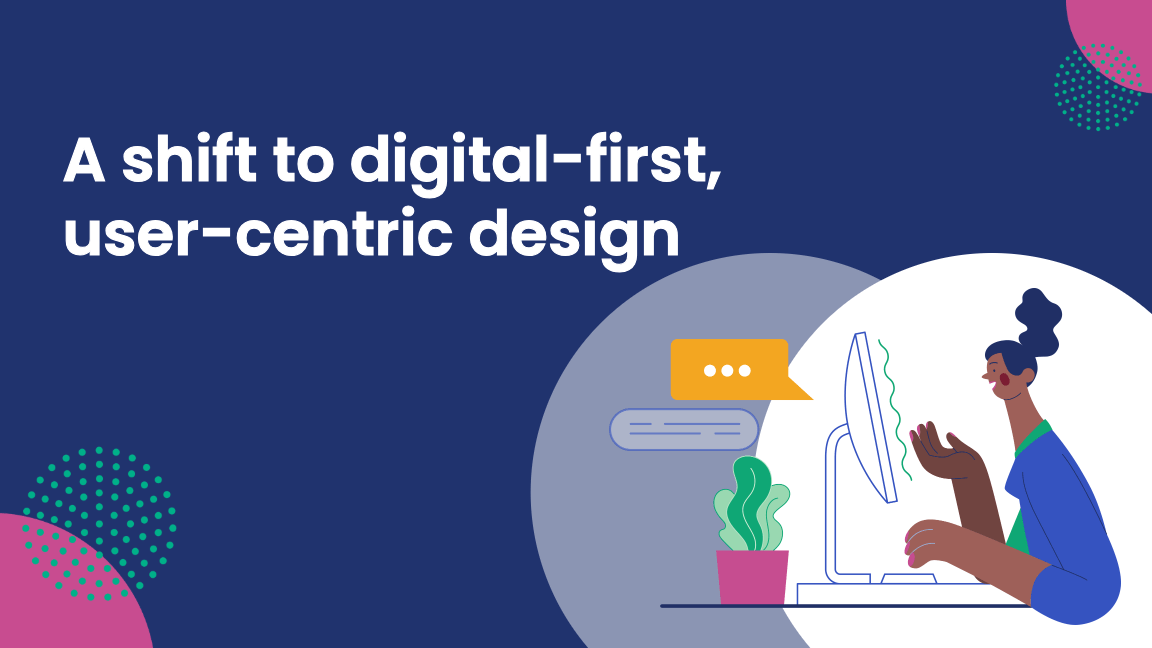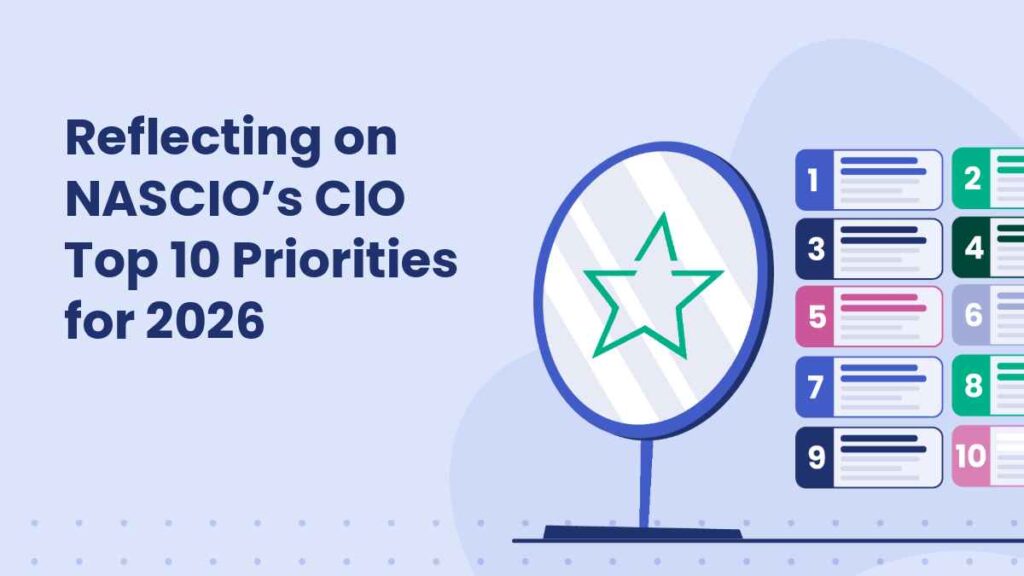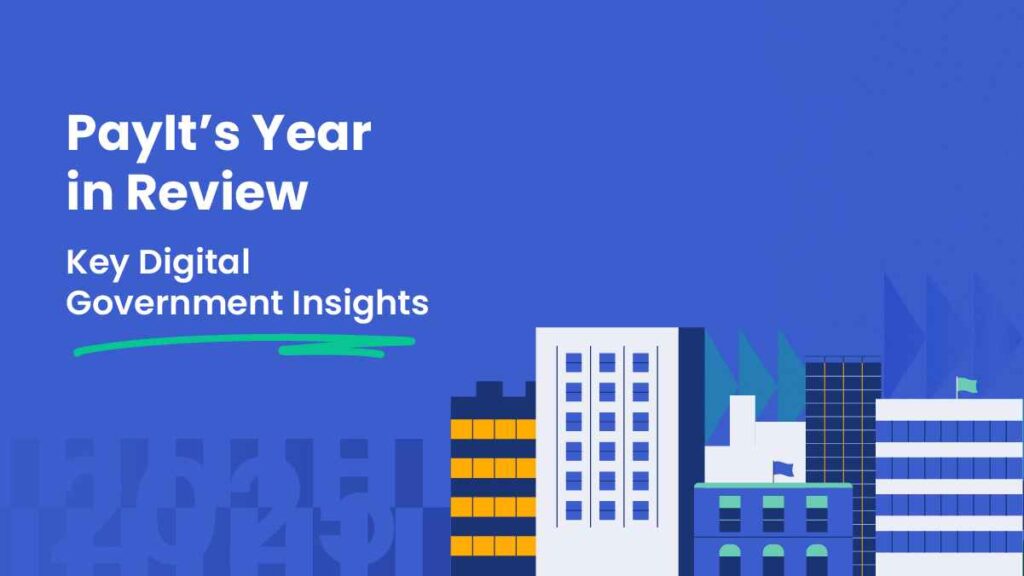Government digital transformation 2.0: The future of resident services

In a previous webinar, Government Customer Experience 2.0: The Next Wave of State and Local Digital Modernization, speakers from MeriTalk and PayIt discussed the progress, challenges, and future of digital transformation in the public sector.
The digital adoption gap: Where government stands
Despite significant investments in digital services, the public sector lags behind other industries in user adoption. Panelist Kelly Davis-Felner, Chief Marketing Officer (CMO) at PayIt, highlighted research showing that while most government agencies offer digital services, only 51% of residents actually use them. In contrast, online banking and shopping boast 85-95% adoption rates. The gap highlights a disconnect: Just because digital services exist doesn’t mean they are easy to use or well-known to the public.
What’s holding digital government services back?
Jonathan Feldman, Chief Information Officer (CIO) of Wake County, NC, emphasized that poor user experience is a major barrier to adoption.
I get really charged up when you talk about making a difference in a community with digital services. But the thing that I found in my journey is that you just can’t get there until you get the people aspect right
Jonathan Feldman, CIO of Wake County, NC
To drive adoption, services must be simpler, more intuitive, and designed with user input.
Denis Goulet, Commissioner and CIO of the State of New Hampshire, pointed out that government leaders often assume they know what residents want, but that’s not always the case. Agile methodologies and minimum viable product (MVP) approaches help agencies test and iterate before fully committing to large-scale implementations.
Government Customer Experience 2.0: A shift to digital-first, user-centric design
This shift is about moving beyond just offering digital access to delivering intuitive, personalized, and engaging experiences. Panelists discussed several ways governments are shifting toward a digital-first mindset:
- Simplifying procurement: Rigid procurement models often result in complex, multi-year contracts that delay innovation. Instead, flexible contracts and smaller, phased deployments allow for quick wins and ongoing improvements.
- Human-centered design: Agencies that co-create digital services with citizens see higher adoption rates. Field testing and usability studies ensure services meet real user needs.
- Incremental, MVP approach: Instead of massive, monolithic IT projects, governments are embracing small, measurable wins that build momentum over time. This approach reduces risk and increases buy-in from leadership and residents alike.
- Reducing complexity for residents: Residents don’t care about government organizational structures; They just want easy access to services. The way forward is unified digital profiles that consolidate multiple services into a single, easy-to-use portal.
What’s Next? The Roadmap to Digital Government Success
As governments embrace this next wave of digital modernization, what should leaders focus on? Here’s what our panelists recommend:
- Hit refresh: Once a better digital service is in place, retire outdated systems to drive adoption. However, agencies must first ensure the new system is truly simpler, faster, and better before making the transition.
- Align vendor and agency incentives: Kelly Davis-Felner emphasized the importance of working with vendors whose success is directly tied to the government’s success. This prevents misaligned priorities and fosters collaboration.
- Treat digital transformation as a team sport: Feldman reminded attendees that innovation requires cross-functional collaboration between IT, procurement, policy leaders, and residents themselves.
- Use federal funding wisely: ARPA and SLCGP funds provide opportunities to improve cybersecurity and digital services. New Hampshire’s ‘.gov in a box’ initiative is helping local governments secure their online presence while also improving accessibility and trust.
Moving toward digital-first government services
The shift to Government Customer Experience 2.0 isn’t just about technology. It’s about fundamentally rethinking how government interacts with the people it serves. By simplifying procurement, prioritizing user-friendly design, and embracing an iterative approach, agencies can deliver services that residents actually want to use.
To access the full conversation and gain deeper insights, watch the on-demand webinar here.
Looking for more content?
Get articles and insights from our monthly newsletter.




